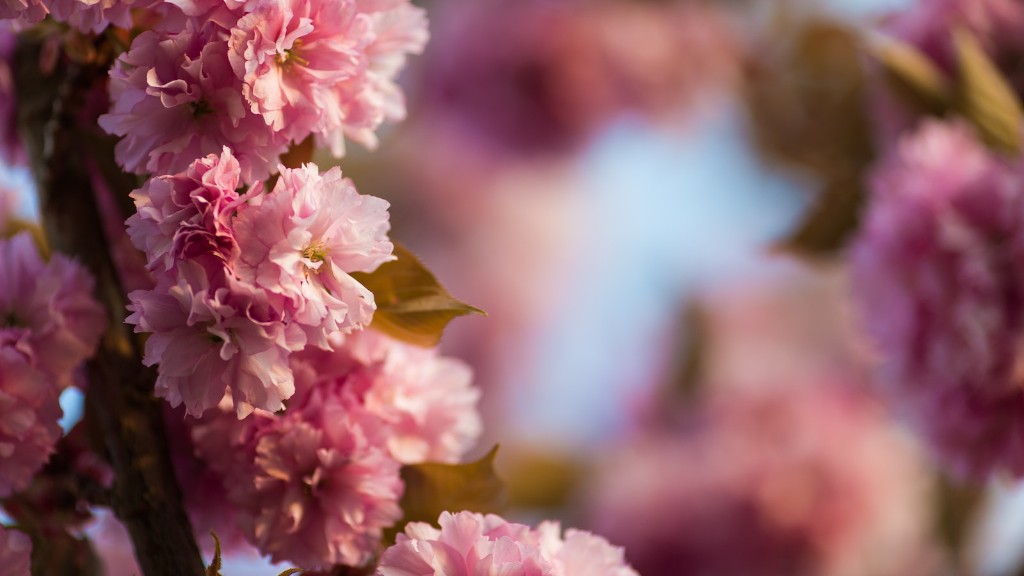Grafting is a horticultural technique for propagating trees, making it possible to create a distinct tree with specific characteristics. Budding is a special type of grafting that involves attaching a scion, or bud, of one variety of apple tree onto the rootstock of another. The result is a tree that has the stems, leaves and flowers of one variety and the root system of another. This useful process is not difficult, but it does require a knowledge of apple trees, caulking tools and disease prevention.
To begin budding an apple tree, you must first select the rootstock. You should take into consideration rootstock size, which should approximately match the size of the scion, soil type and tree fertilizer needs. Once you have the rootstock, prepare the bud you will graft onto it. This involves making several cuts on each side of the bud to ensure proper contact between the rootstock and scion. Take care to ensure the bud is healthy and free of insect damage.
Now you are ready to make the graft. Most grafts for apple trees are called “T-bud” grafts, where the scion is shaped like a T, with cuts made on two sides. To complete this type of graft, wrap the scion carefully with rubber budding strips or tape to secure it to the rootstock. If you are using a different type of graft, like a “whip and tongue” or “splice” graft, cut the rootstock and scion to a matching size and shape, then insert one into the other. Once in place, tightly wrap the two parts together with budding strips.
When the scion is secured, cut off any leaves and stems that might get in the way of the grafting process. Finally, cut off the top of the rootstock just below where the graft union is located. The area around the union should be painted with a grafting wax or sealer to prevent disease and encourage healing. After the wax is applied and the graft covered, the whole tree should be badly taped or wrapped to prevent dehydration. If the buds and leaves look healthy after a few weeks, the graft has likely taken.
Grafting Tools
Grafting tools can be expensive and difficult to find, but they are necessary if you are going to successfully bud an apple tree. Good caulking knives or pruning shears, sharpening stones and a file or razor blade are all essential for making precise, clean grafts. One good, all-purpose tool is a “grafting key,” which helps you to hold the scion and rootstock together in the correct position. In addition to blades and files, you will also need some grafting wax, rubber budding strips and tree wrapping.
Disease Identification
Grafting trees carries certain risks, such as introducing disease or pests. It is important to inspect the rootstock and scion for evidence of pests, fungi or other damage before grafting. Additionally, apples are especially susceptible to fireblight, a destructive bacterial disease. Fireblight spores can easily be spread by grafting, so be sure to disinfect tools between each infection. Lastly, when planting an apple tree, take care to make sure the graft remains above soil level or else the rootstock may take over.
Environmental Considerations
Beyond the technical aspects of grafting, one should consider the impact of the process on the environment. If the rootstock or scion has been grown on a commercial farm, there is a good chance it will have been exposed to pesticides and fertilizers. These can cause significant damage to the ecosystem, particularly if the tree is being grown for commercial purposes. Look for organic rootstock and scion material and dispose of any unused material safely and responsibly.
Successful Grafting
Finally, keep in mind that grafting is not a guarantee— the scion may not successfully take, or the tree may exhibit undesirable growth characteristics. Fortunately, you can increase your chances of success with proper technique, knowledge and persistence. Learn as much as you can about grafting and apple trees, practice with different varieties and have patience. With enough time and effort, you can learn to bud an apple tree successfully.

